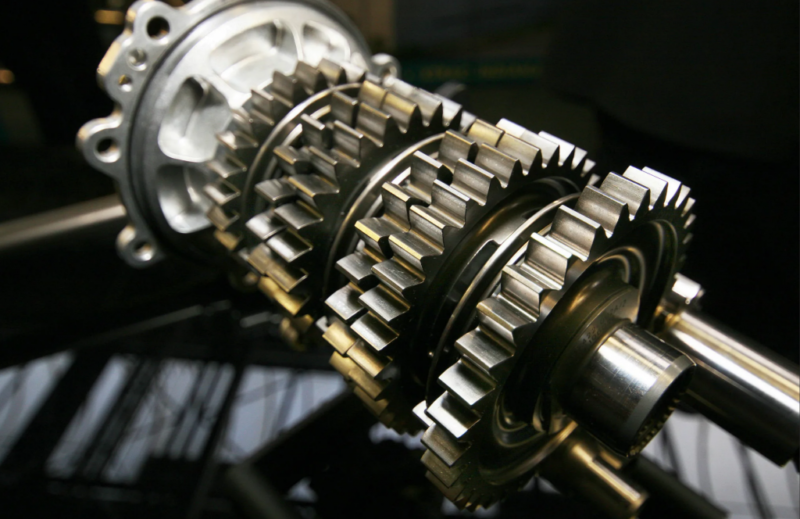Introduction
The Dodge Dakota is a popular mid-size pickup truck known for its durability and ruggedness. However, like any vehicle, it is not immune to problems, and one area where some owners have experienced issues is with the manual transmission. In this article, we will explore the common problems associated with the Dodge Dakota manual transmission, the symptoms and signs to look out for, the potential consequences of ignoring these issues, and the repair costs involved.
Common Problems
The Dodge Dakota manual transmission has been known to have a few common problems that owners may encounter. These problems can range from minor inconveniences to more serious issues that require immediate attention. Here are some of the most frequently reported problems:
1. Difficulty Shifting Gears

One of the most common problems with the Dodge Dakota manual transmission is difficulty shifting gears. Owners may experience resistance or grinding when trying to shift into different gears. This can make it challenging to drive the vehicle smoothly and can be frustrating for the driver.
2. Clutch Slippage
Another problem that some Dodge Dakota owners have encountered is clutch slippage. This occurs when the clutch fails to engage properly, resulting in a loss of power and acceleration. Clutch slippage can make it difficult to accelerate or maintain speed, and it can also cause excessive wear on the clutch components.
3. Noisy Transmission
Some owners have reported a noisy transmission in their Dodge Dakota. This can manifest as whining, grinding, or rattling sounds coming from the transmission while driving. A noisy transmission can be a sign of internal damage or worn-out components, and it should be addressed promptly to prevent further damage.
Symptoms and Signs
Recognizing the symptoms and signs of manual transmission problems in your Dodge Dakota can help you address the issues before they worsen. Here are some common signs to watch out for:
1. Difficulty Shifting Gears
If you find it increasingly challenging to shift gears smoothly, experiencing resistance or grinding, it may indicate a problem with your manual transmission. Pay attention to any changes in the ease of shifting gears, as this can be an early warning sign of transmission issues.
2. Slipping Clutch
A slipping clutch is characterized by a loss of power and acceleration, even when the engine RPM increases. If you notice that your Dakota is struggling to accelerate or maintain speed, it could be a sign of clutch slippage and a potential transmission problem.
3. Unusual Noises
Unusual noises coming from the transmission, such as whining, grinding, or rattling sounds, should not be ignored. These noises can indicate internal damage or worn-out components, and addressing them promptly can prevent further damage to the transmission.
Consequences
Ignoring manual transmission problems in your Dodge Dakota can have serious consequences. Failing to address these issues promptly can lead to more extensive damage to the transmission, resulting in costly repairs or even the need for a complete transmission replacement. Additionally, driving with a faulty transmission can compromise your safety on the road, as it may lead to unexpected gear failures or loss of control.
Repair Cost
The cost of repairing a Dodge Dakota manual transmission can vary depending on the extent of the damage and the specific repairs needed. Minor issues, such as replacing worn-out clutch components or fixing a small leak, can cost anywhere from $500 to $1,000. However, more severe transmission problems, such as a complete rebuild or replacement, can range from $2,000 to $4,000 or more.
It is important to note that these are just estimated costs, and prices can vary depending on factors such as the location, the availability of parts, and the labor rates of the repair shop. It is always recommended to consult with a qualified mechanic or transmission specialist to get an accurate assessment of the repair costs for your specific situation.
Conclusion
While the Dodge Dakota is a reliable and durable pickup truck, it is not immune to manual transmission problems. Recognizing the common problems, symptoms, and signs associated with the manual transmission can help you address these issues promptly and avoid more extensive damage or costly repairs. If you experience any difficulties shifting gears, notice clutch slippage, or hear unusual noises coming from your transmission, it is crucial to seek professional assistance to diagnose and repair the problem. Taking care of your Dodge Dakota’s manual transmission will ensure its longevity and keep you safely on the road.
